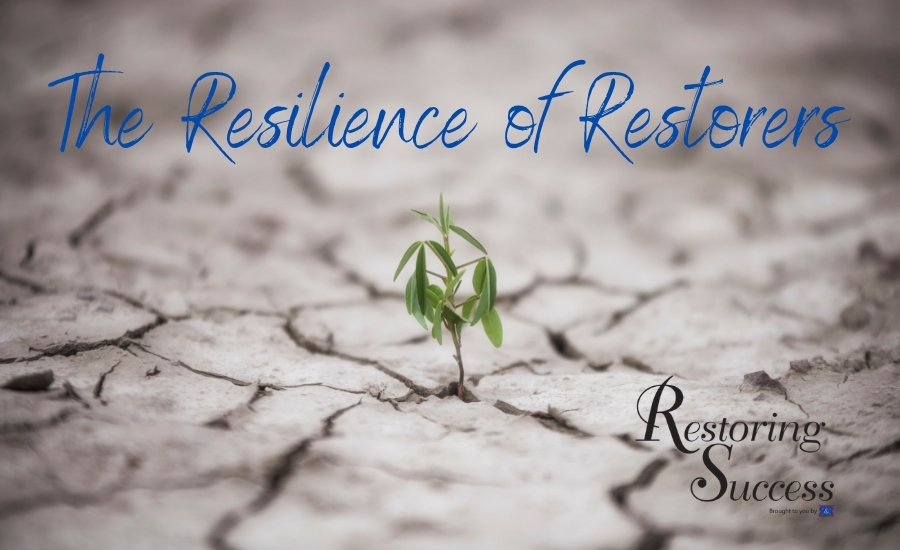 By Lisa Lavender M.T.R., M.F.S.R., M.W.R.
By Lisa Lavender M.T.R., M.F.S.R., M.W.R.
In our day-to-day, leadership, managers, teams, are often identifying problems and setting goals. As we enter a new year, you may even be working off a strategic list of goals that include business development initiatives and operational outcomes.
As we take action on these goals, very simply we need to know what we need to do to accomplish the objectives. How do we do that? Needs Analysis. In the development of training programs, this is the critical first step as it gives clarity to the desired outcome and the skills and knowledge needed to accomplish the outcomes. In How to Train Someone, this process is broken down into steps with the first being, “determine the objective.” It sounds so simple, but is it? As you consider a water technician, make a list of all the skills and knowledge needed to accomplish what you define as the objective. It may begin to look like:
- Communication Skills: Customers and Internal
- Understanding and ability to follow company SOPs
- Extract Water
- Establish a Drying Plan and Set Equipment on an X size loss
- Gather, record, interpret data, make adjustments to the drying plan
As we move through the process, the training involved for each element needs to be broken down and supported with defined learning objectives. As we apply the concept of needs analysis to achieve a “desired outcome,” when a skill gap is identified, then training is likely what you need to do. However, a detailed and deliberate needs analysis may reveal other initiatives that require attention and action.
The free Needs Analysis template is a simple approach to help you and your teams break down what you need to do based on a desired outcome. The first page is a simple example for the function of mapping and monitoring a water loss. The second page is a blank that you can use to break down any goal or desired outcome.
The Needs Analysis categorizes the action items into three areas:
- Operations: This can encompass a wide range of items from warehouse organization, clearly defined procedures, to cultural issues.
- Tools | Equipment | Supplies: This area can include everything from software to supplies that can contribute to a wide range of goals like quality, efficiency, communication, etc.
- Skills: This area can also be vast and as you drill down on what you need to do. I encourage you to push beyond some of the obvious skill gaps and consider areas like logistics and implementation, in addition to what may seem like obvious technical skills. Of course, we don’t want to forget about the soft skills needed that, in fact, can be developed in our organizations.
It is important to note that the categories are not exclusive of each other and at times may be intertwined. As an example, if we purchase a tool, but fail to implement it into our workflows and train the team, it will not be an effective means to the desired outcome. (It does not work if you do not use it.) If we train on a skill, but do not have systems, leadership, and a culture that supports a learning journey to achieve the goal, again, the impact will be diminished.
The first step is to clearly define our desired outcome. As a statement, on the surface, it sounds very simple. Much frustration and distractions can be avoided by starting with the desired outcome that teams can be clear on and rally around. As you define the desired outcomes, there are no rules. It can be in the form of goals, an improvement, or an initiative with a defined outcome. Examples:
- Increase sales 5%
- Reduce errors in monitoring data recording by 70%
- Train new water technicians to be able to do X within the first 90 days
- Improve employee retention by 50%
- Improve efficiency on demolition by 20%
In the example in the download, “Mapping & Monitoring a Water Loss” the desired outcome may look like:
- Improve the efficiency by 15%
- Reduce errors by 80%
As you review the example, you will find only a few samples of the types of action needed by category. As you conduct your needs analysis it is important to utilize a root cause approach, you can review process in Getting to the ROOT of the Problem. Understanding the elements of the organization and the relationships is also critical, I refer to this as a keen sense of Organizational Awareness. Being a good listener and engaging everyone in the company is not only beneficial to the needs analysis process but it is a way to engage the team. Needs analysis can be conducted by a variety of techniques from analyzing company records, digital surveying, to interviewing. The important thing is that we have good information to identify gaps and build our action plans.
Team Building Group Activity
- Describe a Desire Outcome (Goal)
- Engage your group in team formation
- Give each team 10 minutes to identify a gap that would help achieve what was defined in #1 and the categories of What We Need to Do. Operations | Tools, Equipment, Supplies | Skill. They do not need to expand on the details just all applicable categories that are applicable to the gap that they identified.
- Engage in presentations and group discussions about the Gap and the particulars of the areas regarding the action item categories.
The Needs Analysis approach is only a first step. Taking time to break down what you need to do in a thorough and deliberate manner will improve your ability to reach desired outcomes. Action plans with roles and responsibilities that are executed create the movement towards our goals.
May identifying what you need to do bring you much continued Restoring Success.



 By
By 








